Thanh Hoa is a land with a long historical tradition. In the long struggle to build and defend the country, previous generations have left behind a treasure trove of cultural heritages, artifacts, and historical documents of great value. Therefore, the preservation, management, and conservation of heritages, especially artifacts and historical documents, have been and are being carried out by many localities and units in the province through many flexible and creative methods.
The outdoor exhibition space at the Ho Dynasty Citadel (Vinh Loc) attracts many union members and young people to visit and learn. Photo: PV
Variety of artifacts
Coming to the Ho Dynasty Citadel (Vinh Loc), we were very impressed with the artifacts being preserved and displayed here. Deputy Director of the Ho Dynasty Citadel Heritage Conservation Center, Trinh Huu Anh, said: "The Ho Dynasty Citadel is currently preserving and conserving about 80 thousand artifacts excavated in the Ho Dynasty Citadel and Nam Giao Tay Do Altar area or collected by the people. Among them, the most prominent are artifacts made of terracotta, stone, bronze, phoenix heads, bricks with printed letters, engraved with Han - Nom characters recording the names of the localities producing the bricks, stone marbles transported to build the citadel...
While leading us on a tour, Deputy Director of the Ho Dynasty Citadel Heritage Conservation Center, Trinh Huu Anh, meticulously introduced to us an overview of the history and value of the artifacts. Among them, the most prominent is the pair of headless stone dragons in the inner citadel area. According to research, the pair of dragons are 3.8m long, the largest pair of stone dragons discovered in the feudal dynasties of Vietnam. The pair of dragons are exquisitely carved from a single block of green stone, their bodies gradually tapering towards the tail, curving into seven segments, with scales covering their bodies. The dragons have four limbs, each with three claws. The spaces under the belly and the triangular panels that form the steps are all meticulously carved with chrysanthemums and soft, curved flower hooks. According to researchers, this pair of dragons is similar to the dragons carved on the steps in the Thang Long Imperial Citadel (Hanoi), Lam Kinh main hall (Thanh Hoa). In addition, a number of other artifacts and relics being preserved are also of great value, not only providing important documents for research on the Ho Dynasty Citadel, but also helping visitors understand and have a more comprehensive view of this unique world cultural heritage.
Thanh Hoa Provincial Museum is currently preserving and conserving more than 30 thousand artifacts, displayed in historical order from the appearance of the early life of humans on Thanh land until today. In addition, many valuable national treasures are also preserved here, such as: Nua short sword, Cam Giang bronze drum and Cam Thuy bronze cauldron. In particular, Nua short sword is an artifact dating back about 2,000 years, associated with the place where Ba Trieu raised an army in 248, at the foot of Nua mountain, Nua town (Trieu Son), and is considered a masterpiece of culture and art, with high aesthetic value, typical of the bronze crafting style of the Ma River basin in the Dong Son cultural era. The Cam Thuy bronze cauldron has a special value associated with the history of the Le Trung Hung period (16th-18th century), and is a vivid testament to the bronze casting industry that reached perfection many centuries ago in Vietnam...
In most historical and cultural relics, communal houses, temples and pagodas in localities in the province, there are also many artifacts and historical documents that are quite rich and diverse in quantity and genre, from archaeological sites to royal decrees, steles or ancient architectural works... These are all valuable artifacts and historical documents left by our ancestors with high value in terms of history, culture, science , archeology, ethnology... Therefore, the responsibility for posterity is to preserve, conserve and improve the efficiency of exploiting and displaying artifacts and historical documents...
Flexibility to promote value
Since the beginning of 2025, Thanh Hoa Provincial Museum has welcomed hundreds of delegations of students to study, visit and experience. Here, students can learn more about the development of national history through visual observation of historical artifacts and listening to explanations about the origin and meaning of the artifacts. This will multiply in them love for their homeland, country and national pride. Director of the Provincial Museum Trinh Dinh Duong said: "The Provincial Museum has actively coordinated with schools in the province to organize many tours and trips to the source for students and union members to improve the effectiveness of extracurricular educational activities. At the same time, it organizes a mobile exhibition of "Thanh Hoa's cultural and historical traditions" and historical education programs at schools in the province. From there, it creates opportunities for students to visit and learn about artifacts and is the best way to bring them closer to the cultural and historical values of their homeland".
In addition, to do a good job of preserving and displaying artifacts, the Provincial Museum has classified, arranged, and organized artifacts scientifically and systematically according to each material, divided into 4 warehouses, including: metal warehouse, ceramic warehouse, stone warehouse, and organic warehouse. In recent years, the preservation of artifacts has been mainly carried out according to two methods: preventive preservation (slowing down the deterioration process or preventing the risk of damage to artifacts) and therapeutic preservation (restoring damaged artifacts), both ensuring the security and safety of artifacts and helping to prevent the risk of theft.
In addition, keeping up with the digital transformation trend, the Provincial Museum has also promoted the application of information technology in inventory and management of artifacts, such as using the artifact management software provided by the Department of Cultural Heritage and has imported 10,882 records; digitized national treasures such as the Nua Mountain short sword, Cam Thuy bronze cauldron and Cam Giang bronze drum. Currently, the unit is continuing to digitize over 200 artifacts to serve scientific research, preservation and display of artifacts.
At the Ho Dynasty Citadel, in order to exploit and display artifacts effectively, since 2012, the Ho Dynasty Citadel Heritage Conservation Center has built an exhibition house with an area of 200m2. Here, 600 typical artifacts are currently on display for visitors to visit and learn. In addition, in recent years, the center has also focused on organizing the exhibition and introduction of artifacts through many rich and diverse forms, such as: "Outdoor exhibition space", helping visitors have a deeper look at the unique features of the heritage that our ancestors left for their homeland Vinh Loc in particular and Thanh Hoa province in general. The exhibition "Cannons and the reforms of the Ho Dynasty", with Ho Quy Ly's reform policies being very comprehensive and bold in all fields of politics, administration, national defense, finance, ideology, socio-culture, education... Along with that, the center pays attention to the management and preservation of artifacts. Every year, the center's professional and technical departments always do a good job of creating historical records of artifacts; editing, cleaning and rearranging artifacts; planning and implementing research and collection campaigns throughout the core and buffer zones of the heritage; organizing staff to go to each household to introduce and propagate to raise people's understanding and awareness of the significance of protection and the role of responsibility for heritage, especially historical artifacts.
In order to contribute to the preservation of historical artifacts and documents for future generations, the work of preserving, collecting and conserving artifacts plays a very important role. This is also the activity that has been and is being carried out by all levels, sectors and localities in the province for many years. In particular, the preservation, collection and conservation of artifacts are increasingly innovated in content and form, keeping up with the trend of digital transformation. From there, it contributes significantly to preserving the valuable assets left by our ancestors; at the same time, forming tourism products to attract domestic and foreign tourists to visit and learn.
PV Group
Lesson 2: Stories about people who donate artifacts
Source: https://baothanhhoa.vn/bao-ton-phat-huy-gia-tri-hien-vat-viec-khong-de-bai-1-manh-dat-con-luu-giu-nhieu-hien-vat-dac-sac-245585.htm



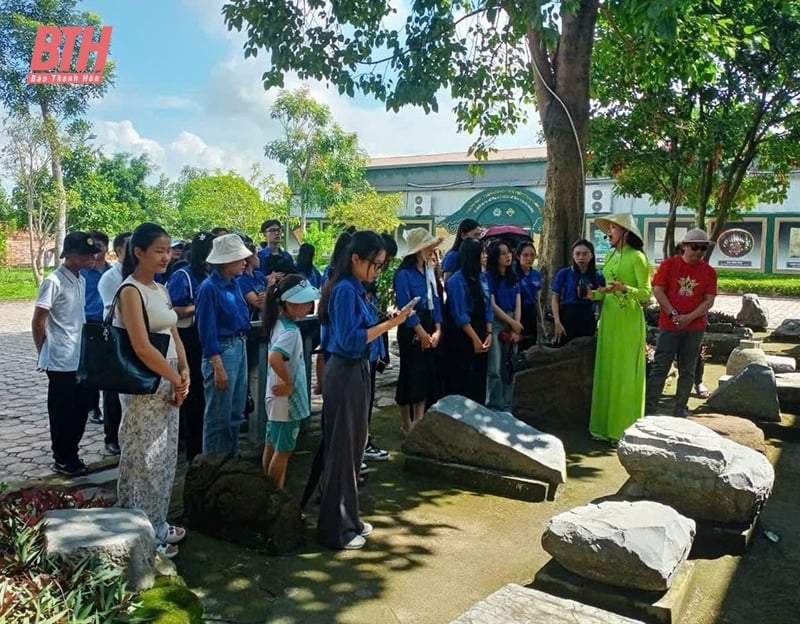
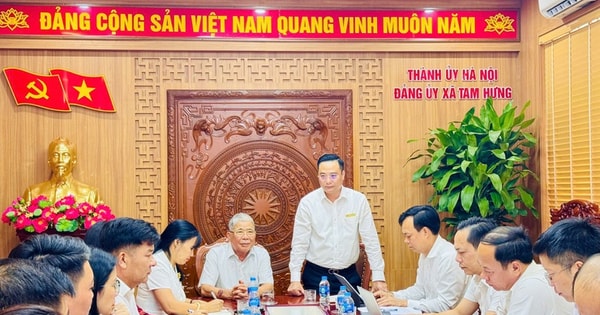
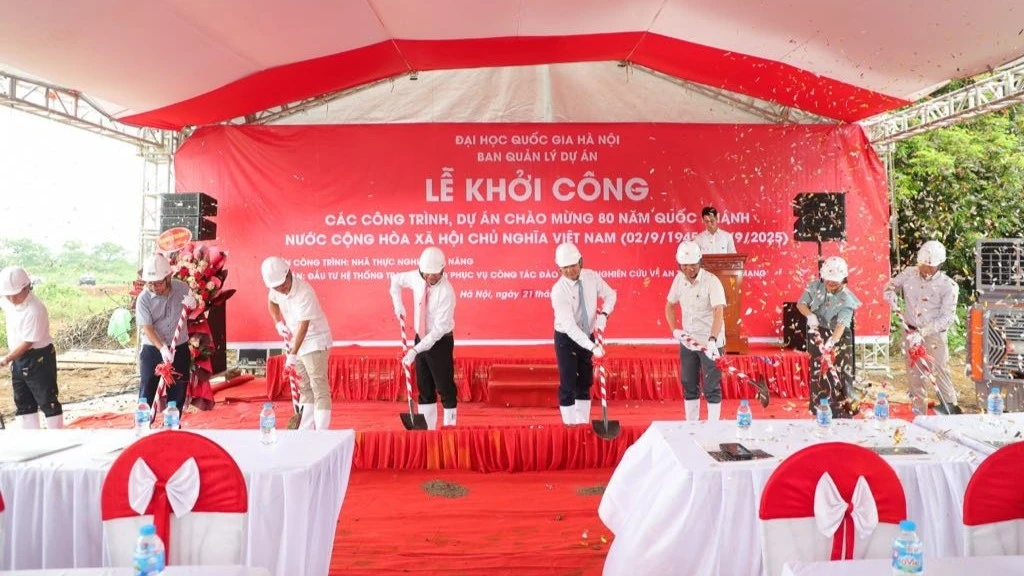
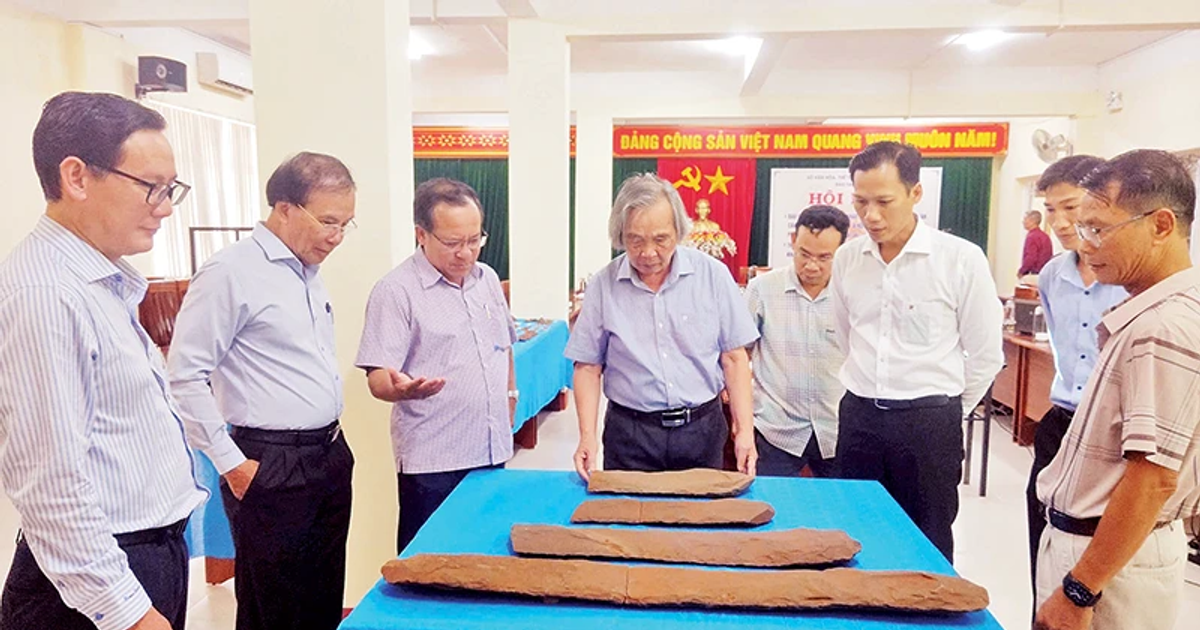

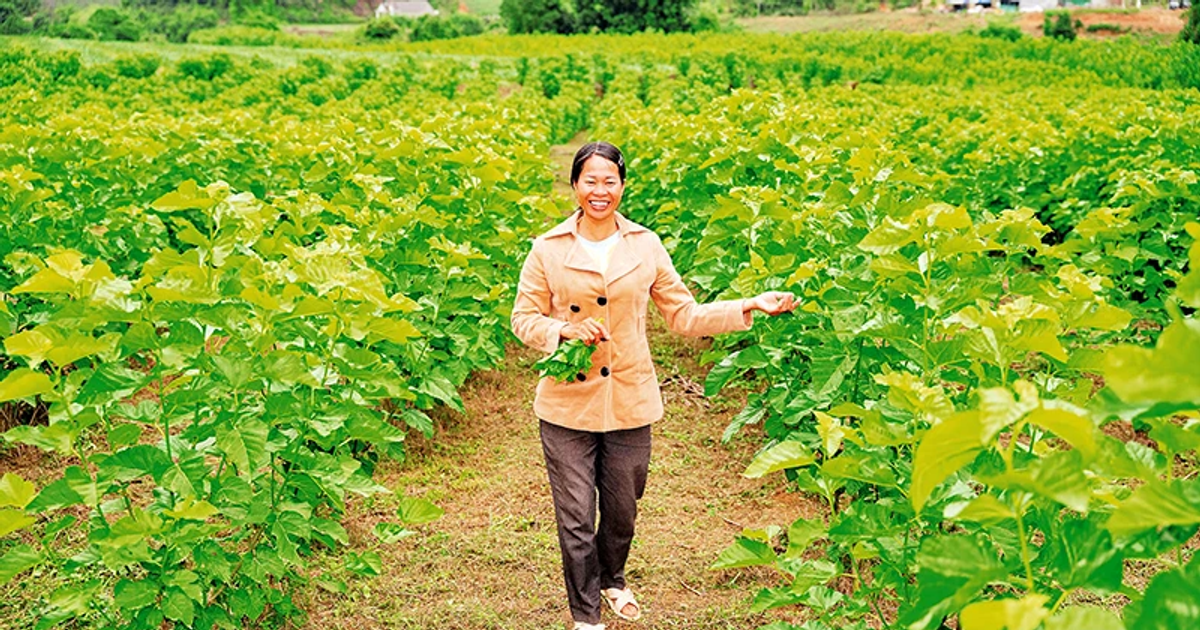
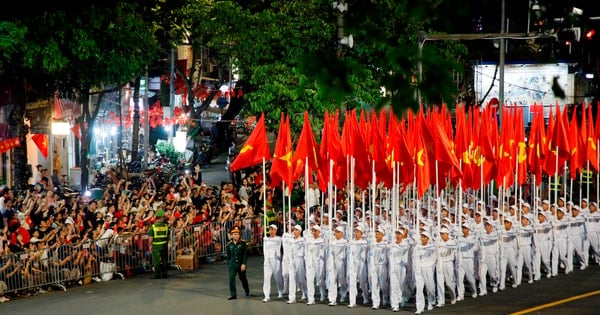

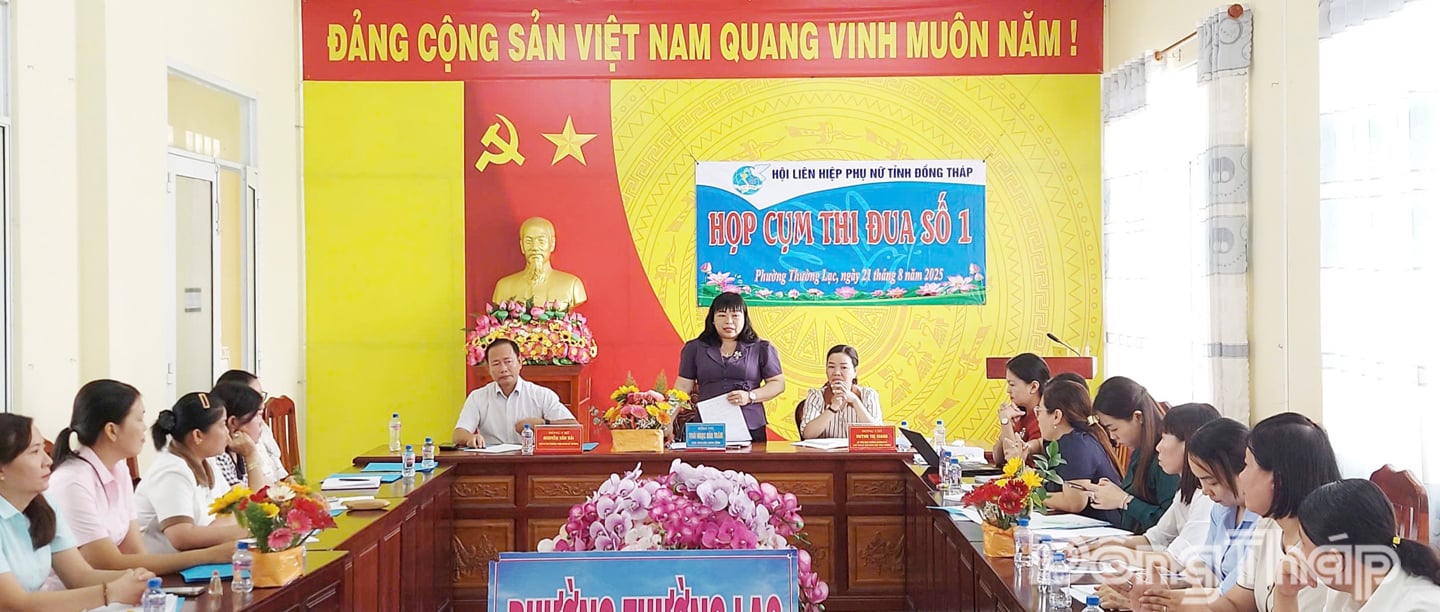

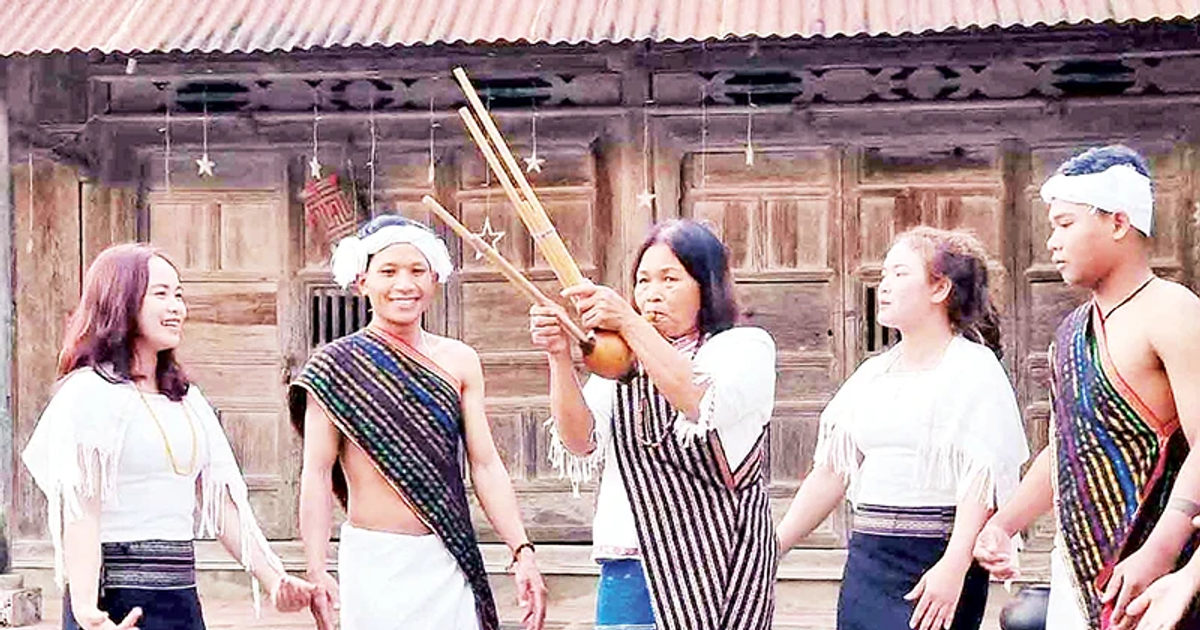

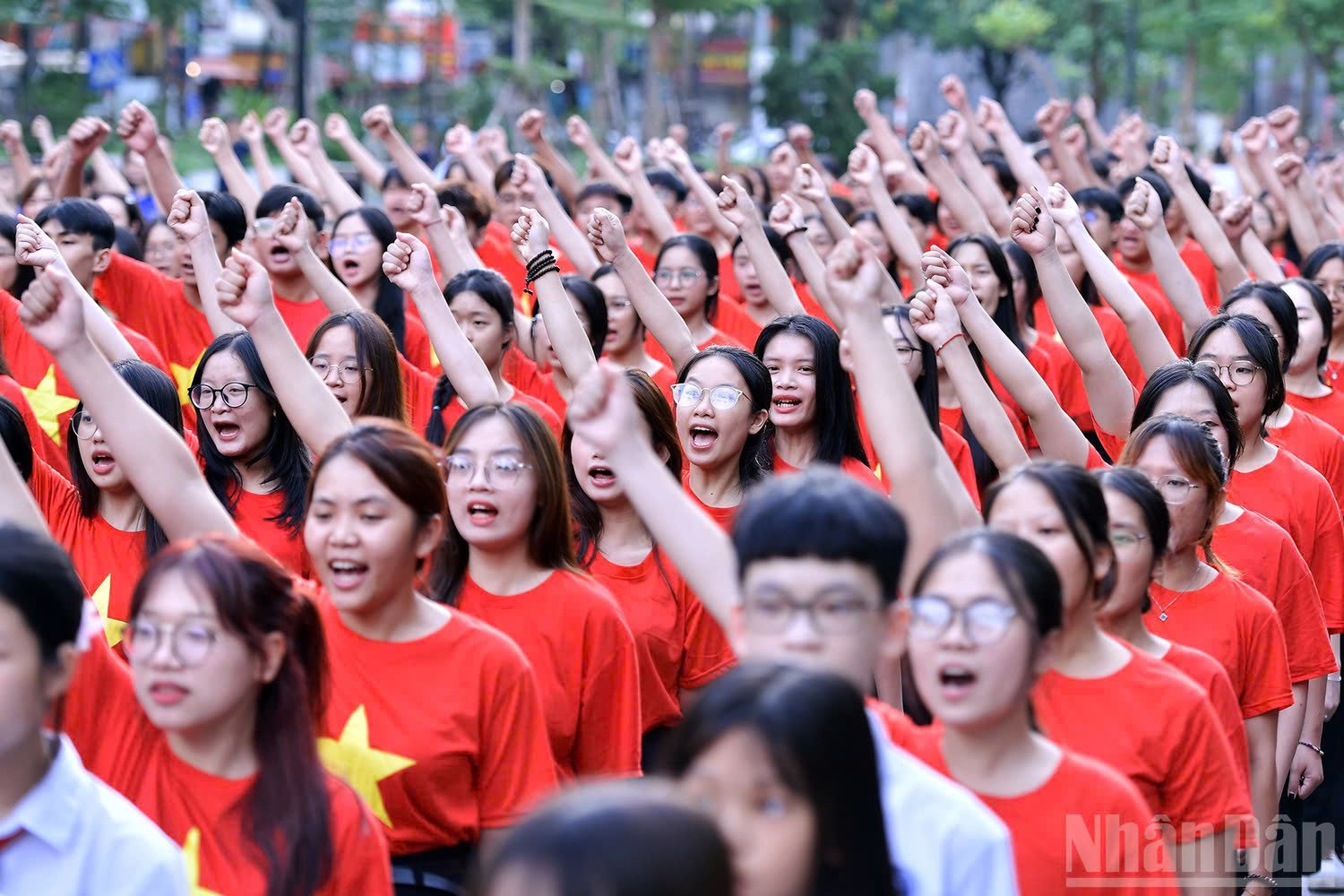


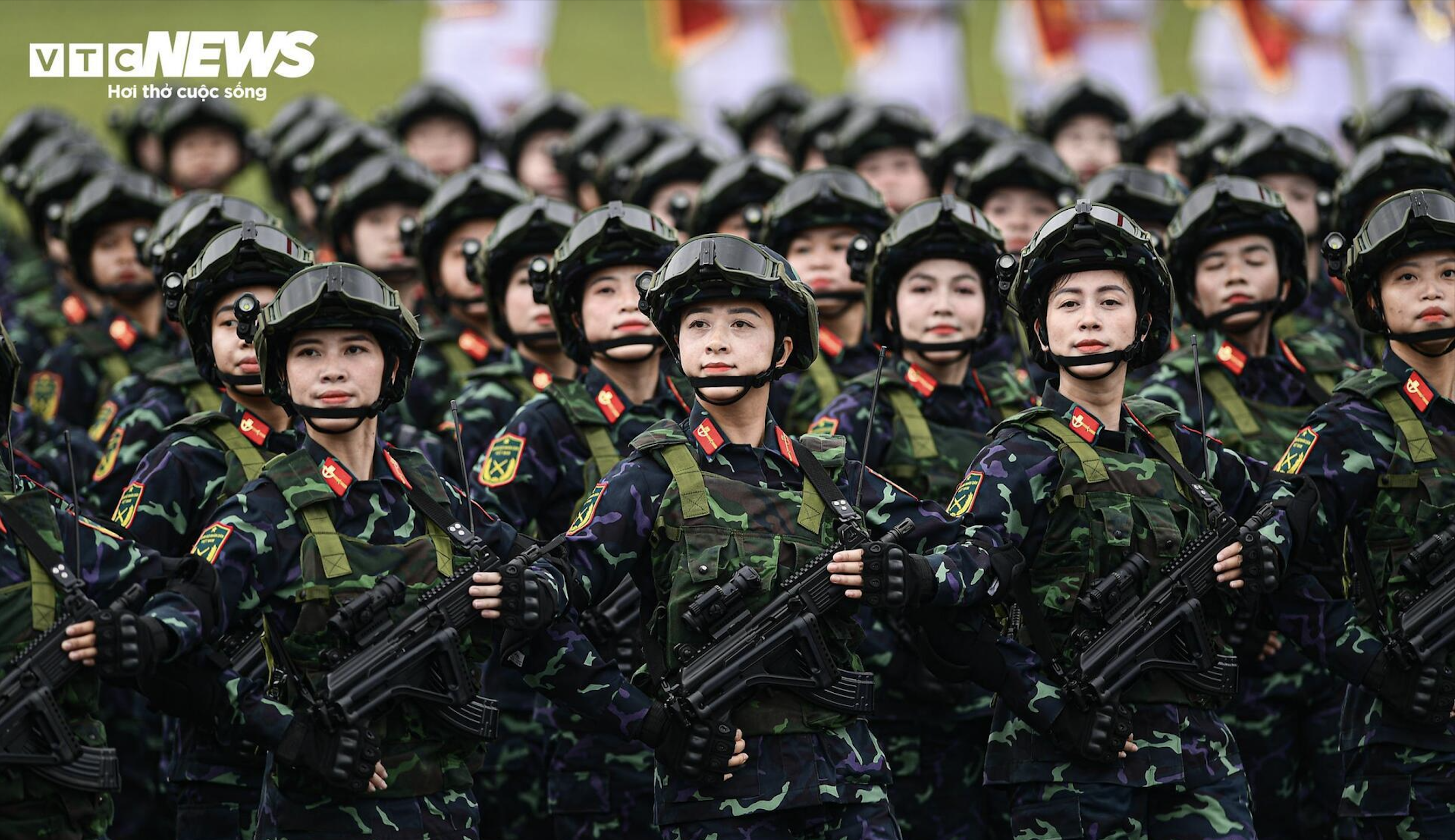
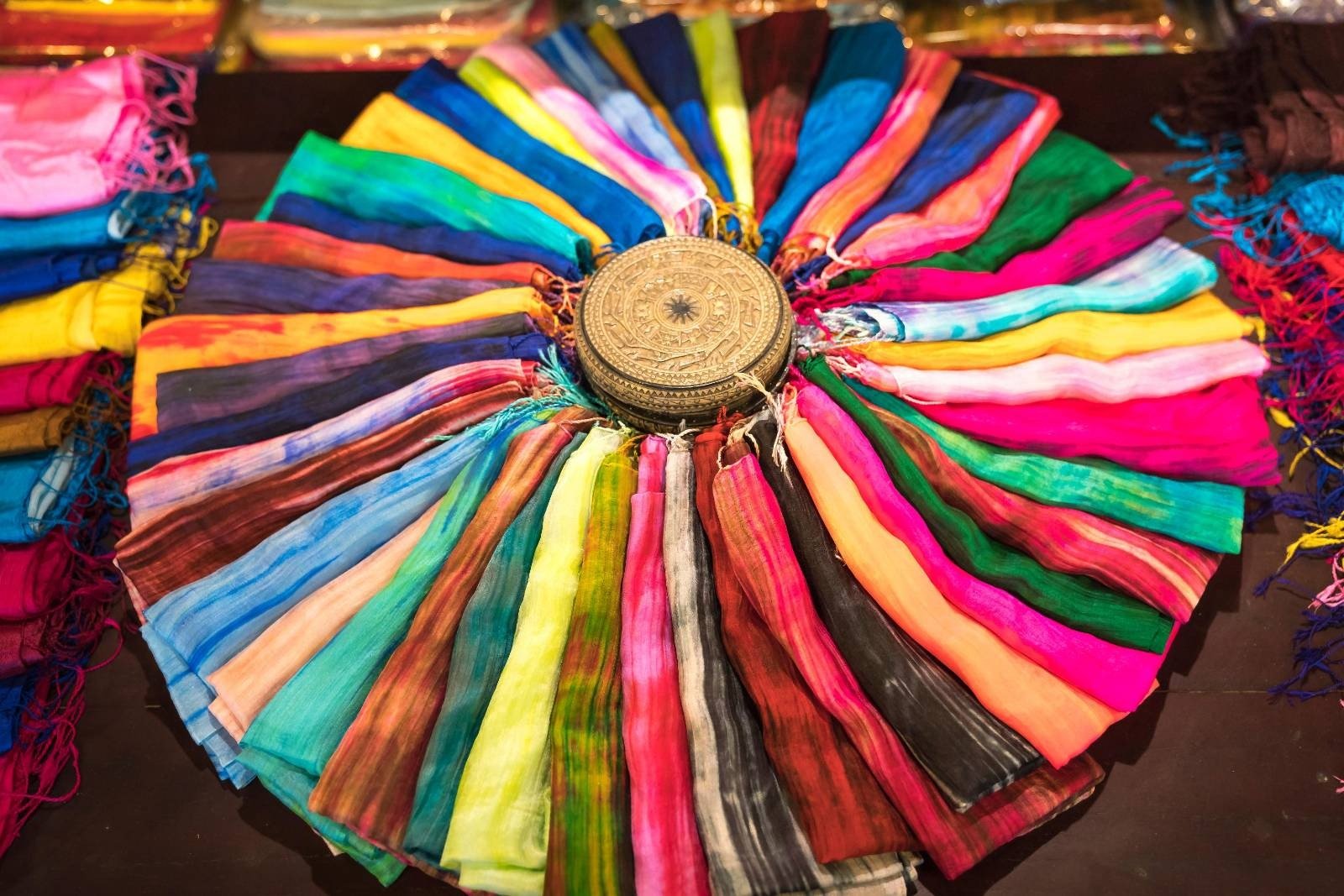


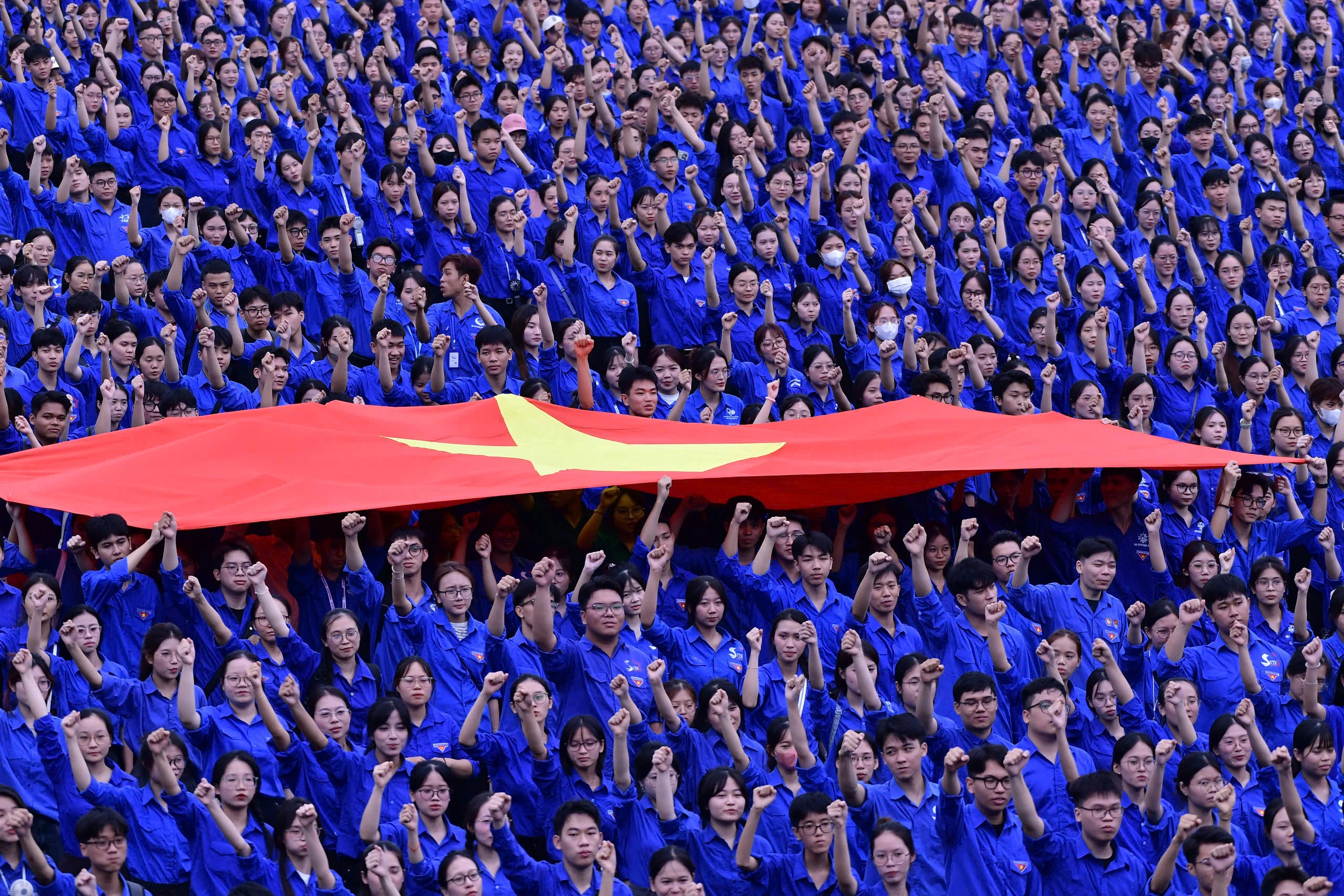

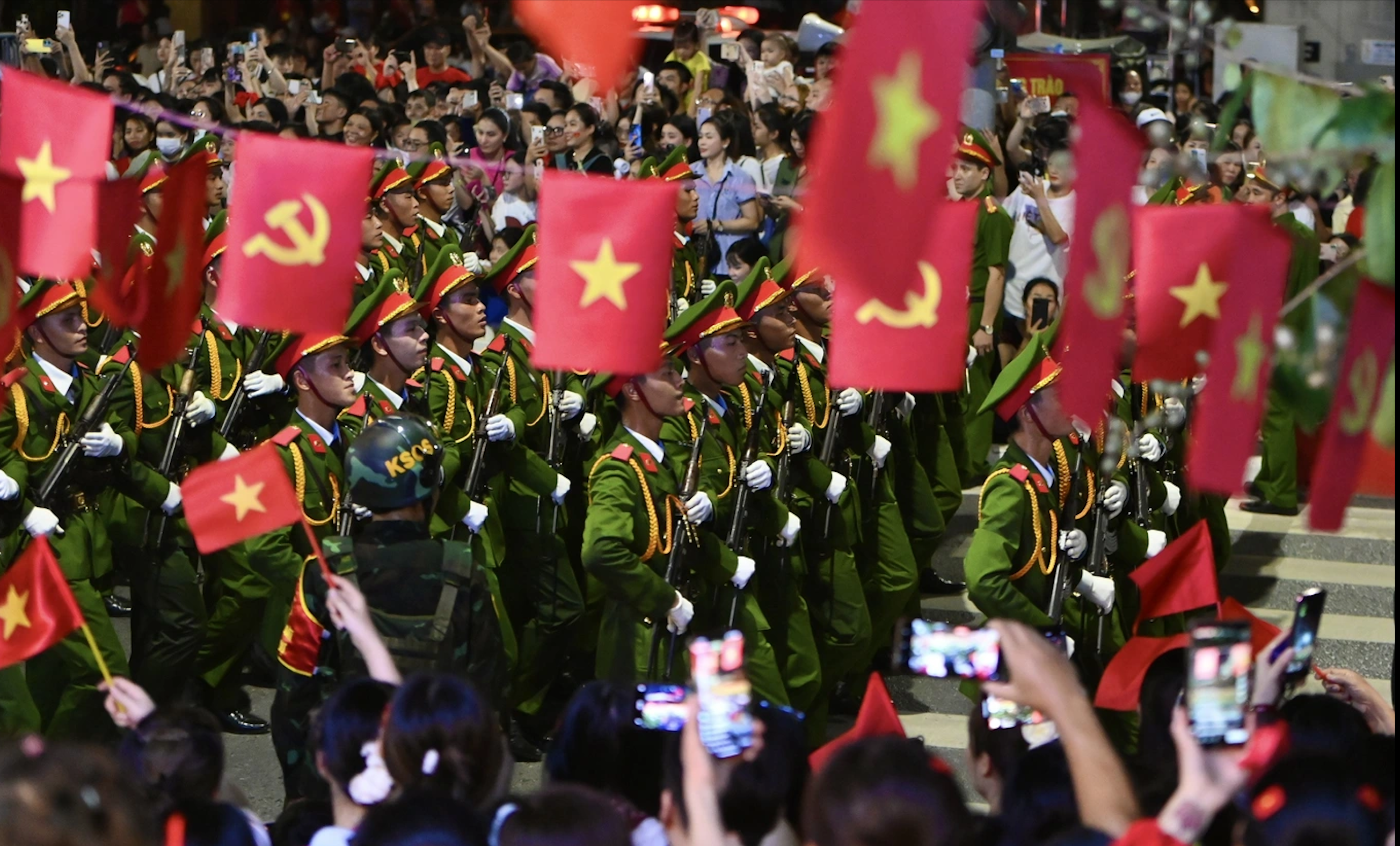



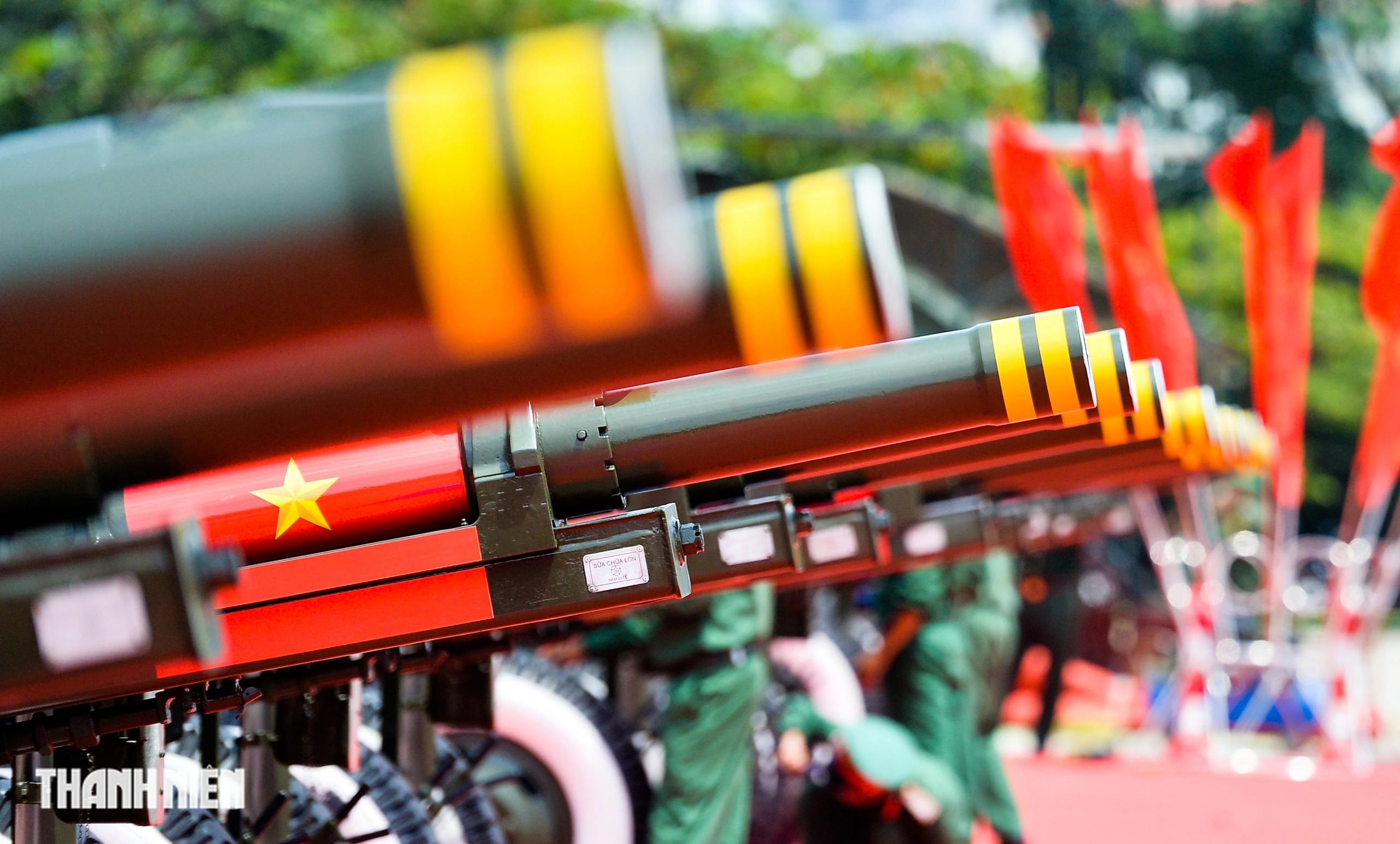
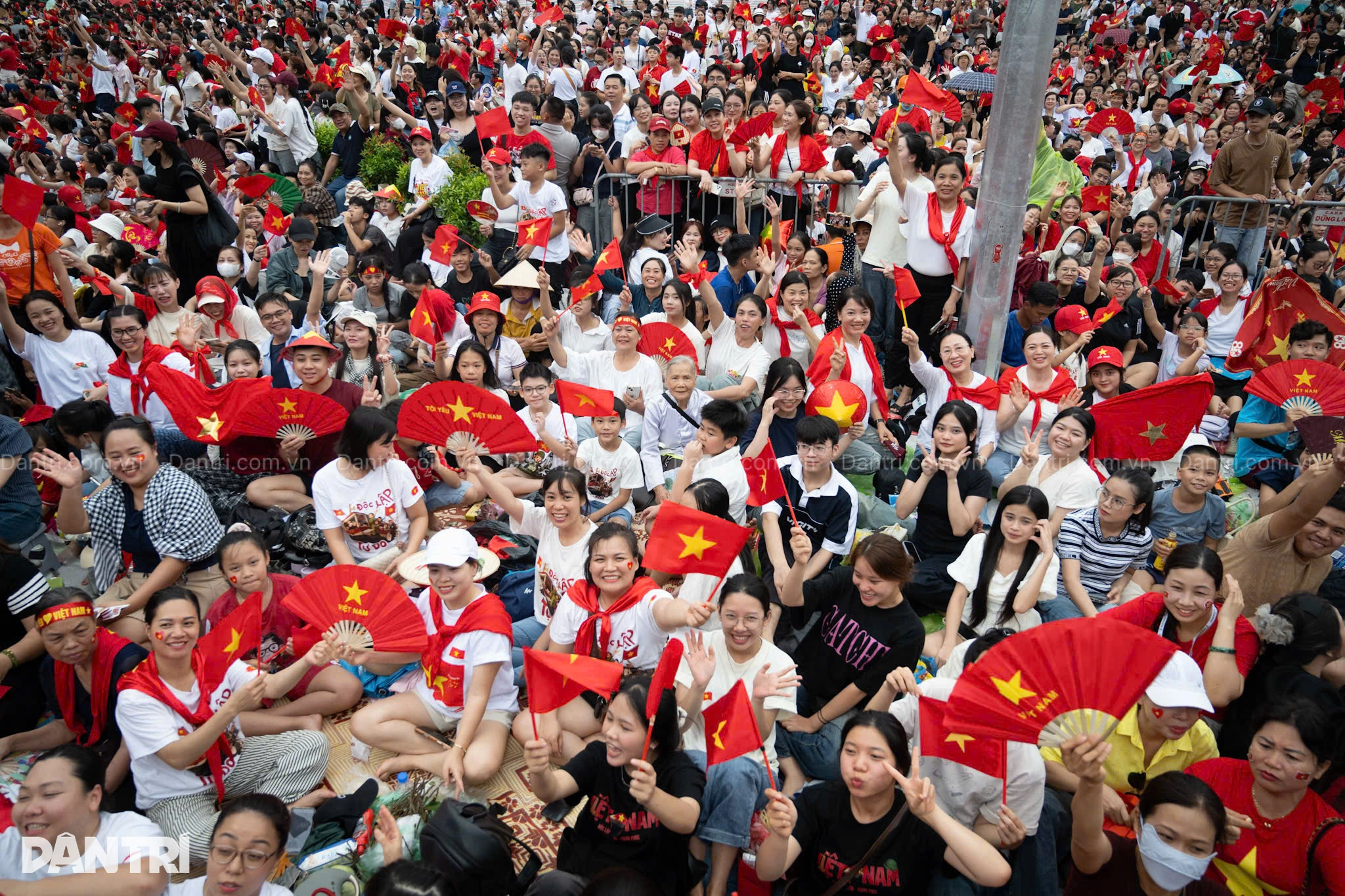
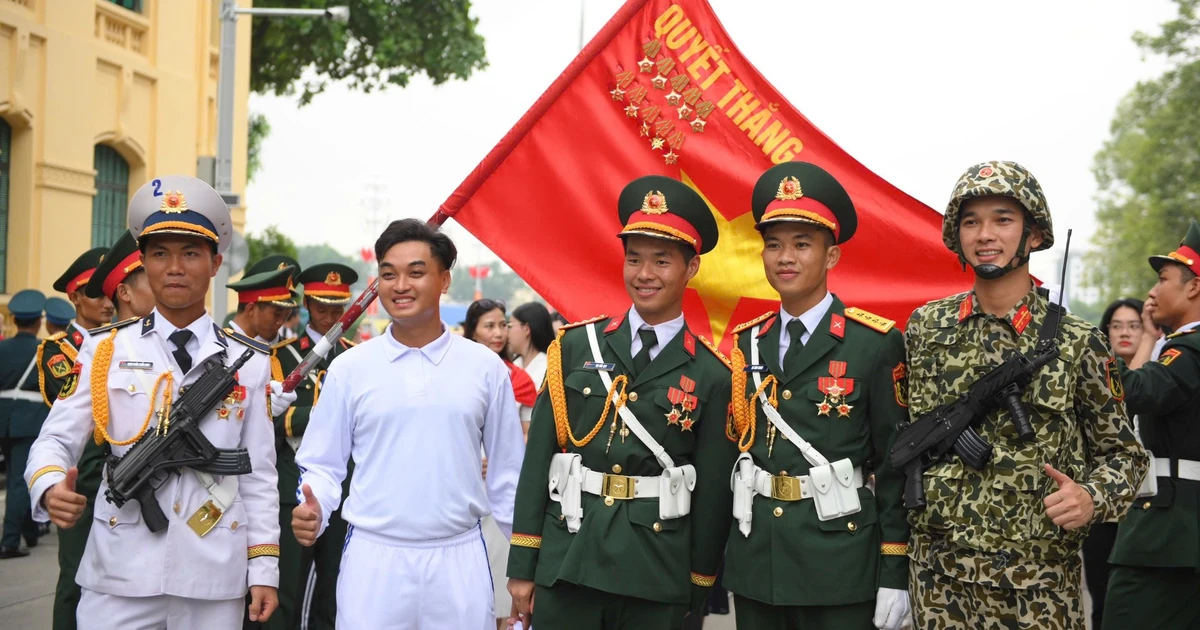
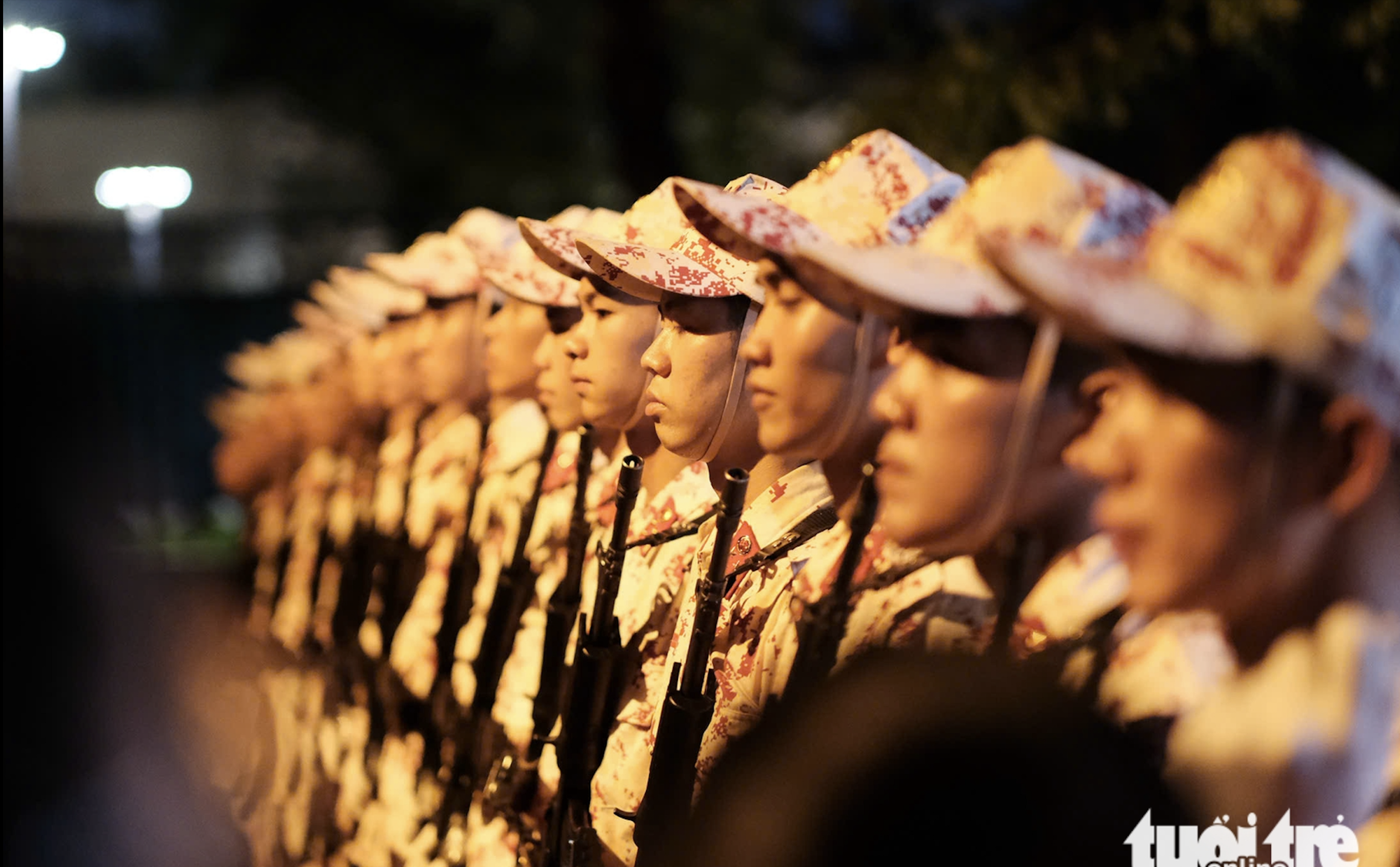
![[Photo] An Phu intersection project connecting Ho Chi Minh City-Long Thanh-Dau Giay expressway behind schedule](https://vstatic.vietnam.vn/vietnam/resource/IMAGE/2025/8/21/1ad80e9dd8944150bb72e6c49ecc7e08)
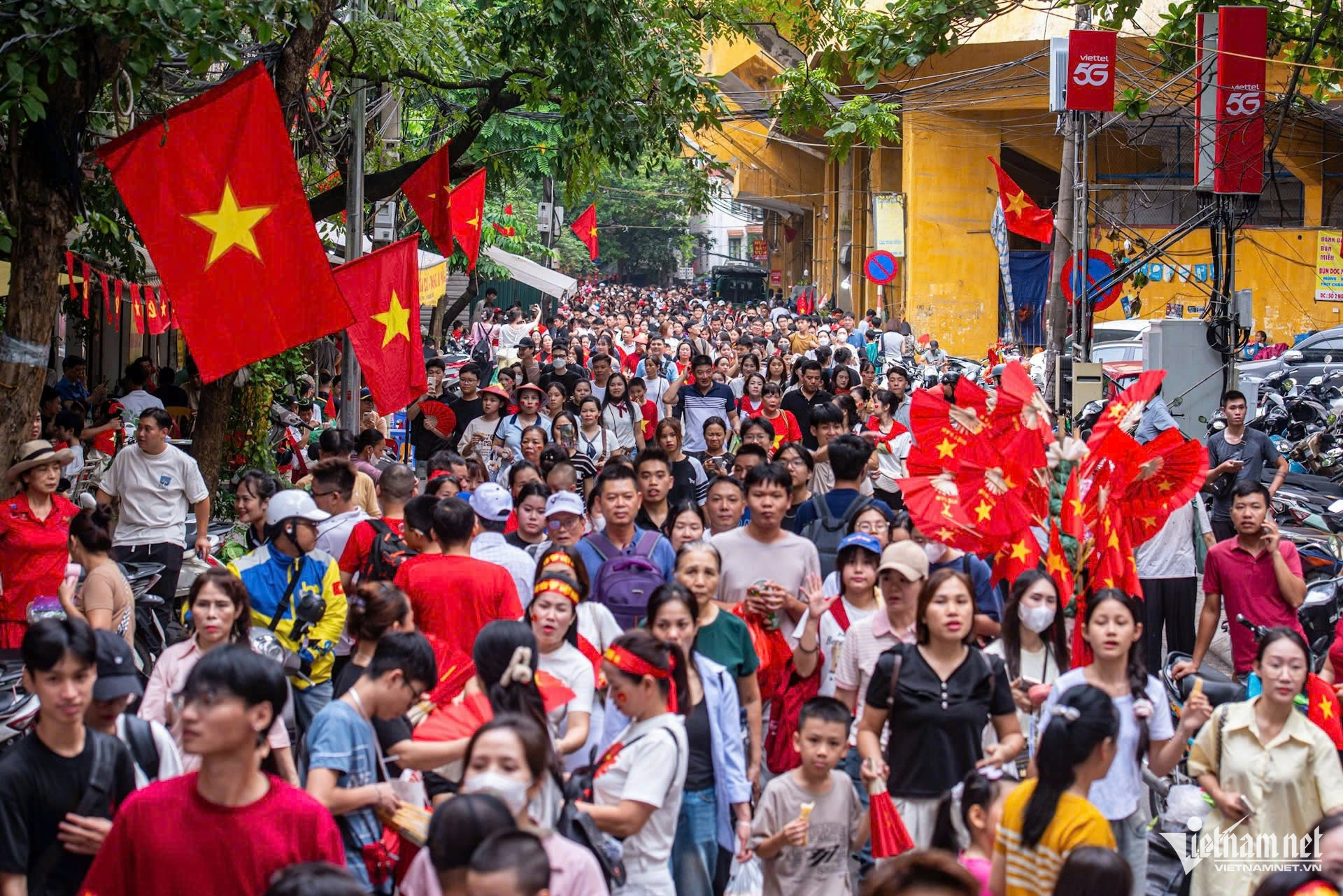
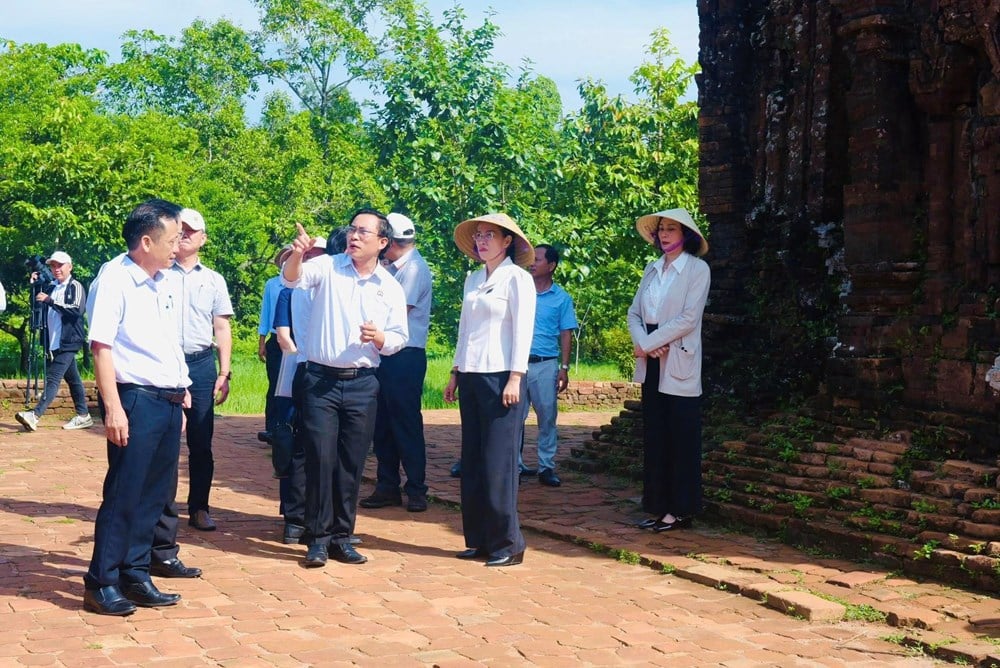

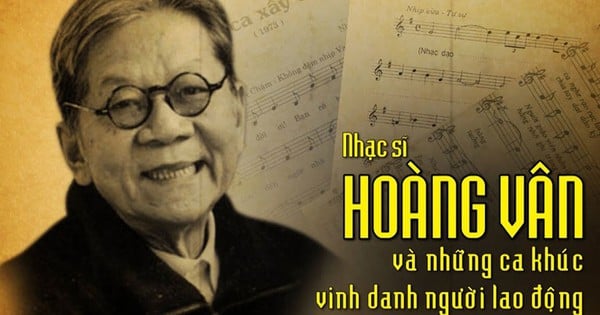

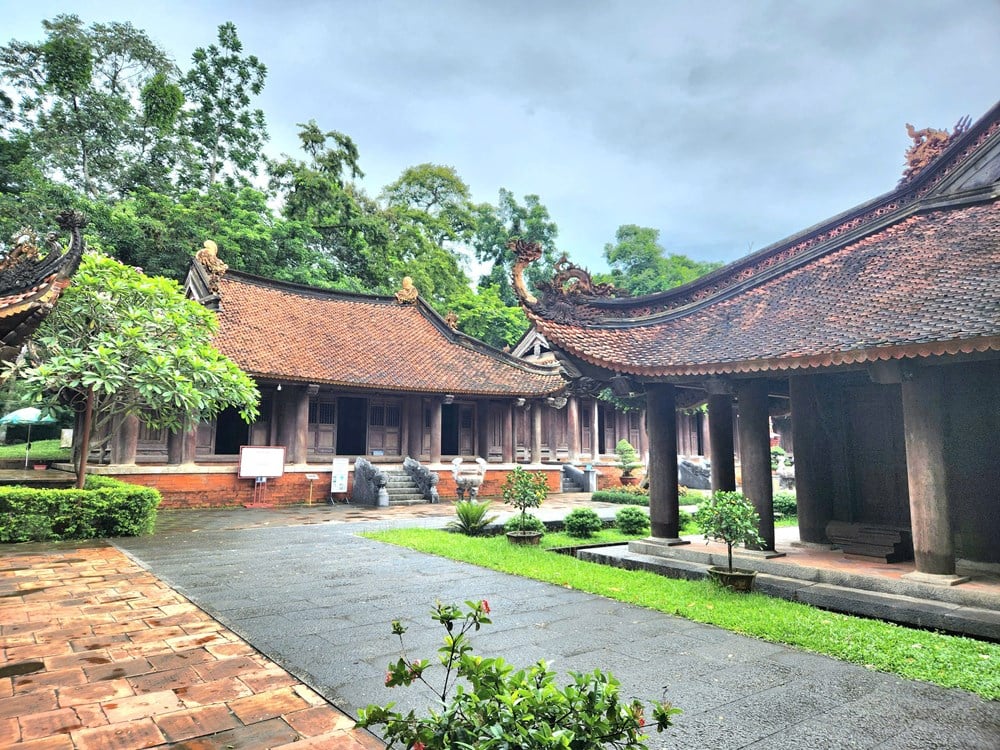
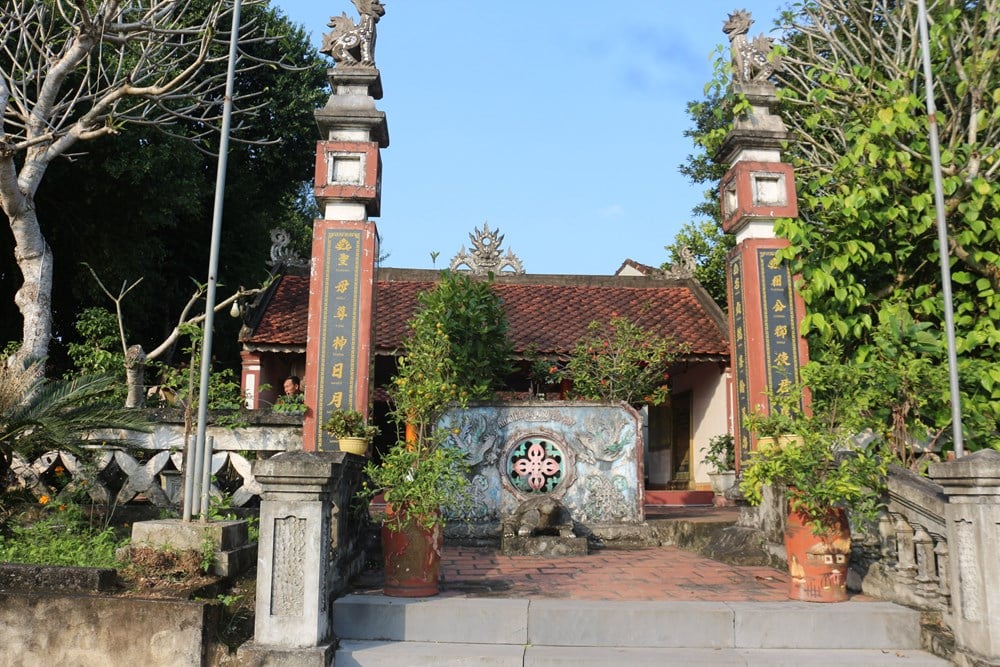
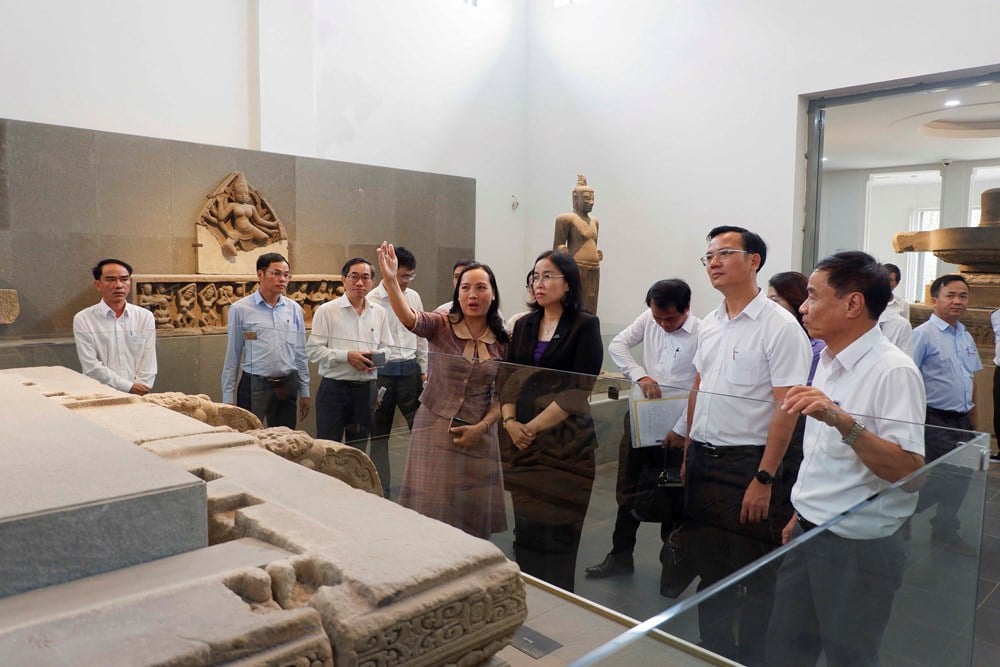
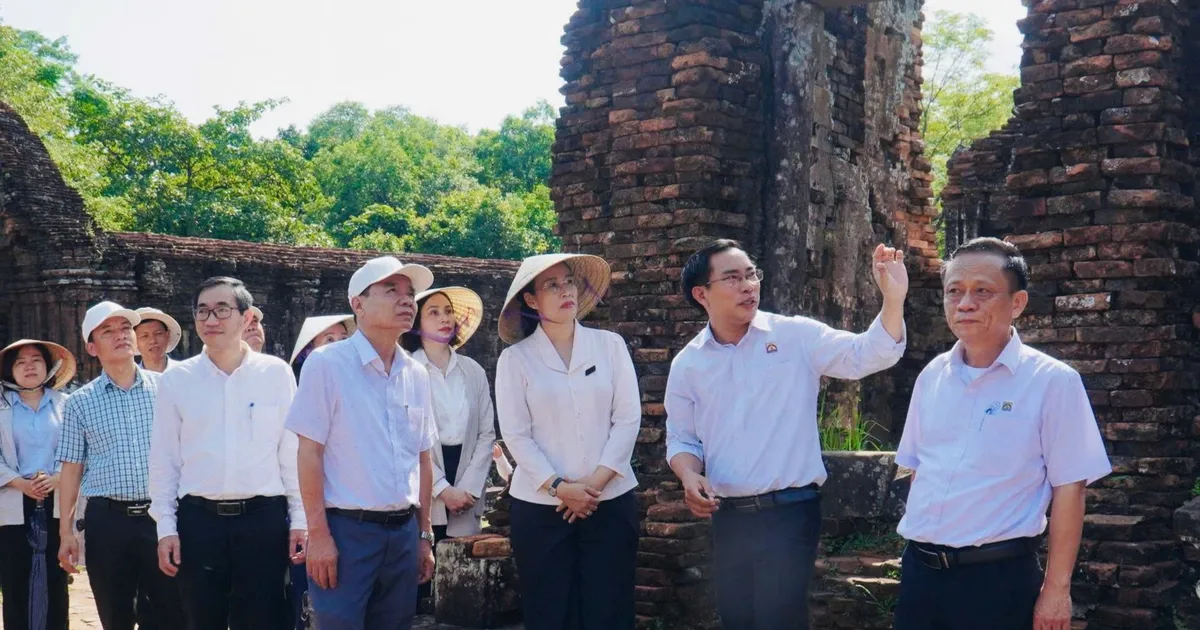

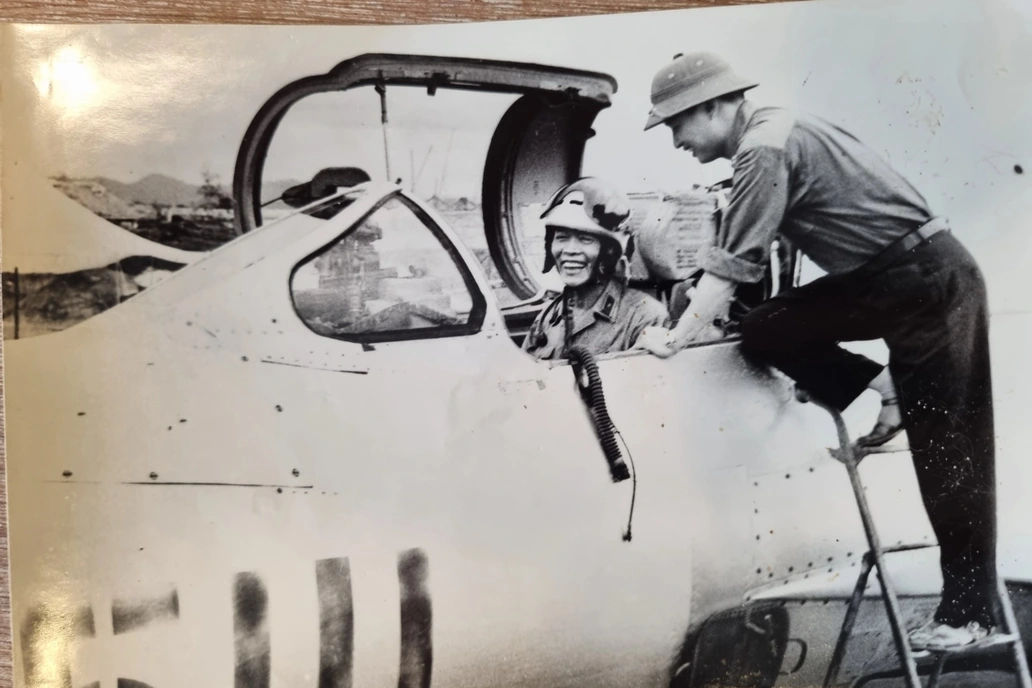

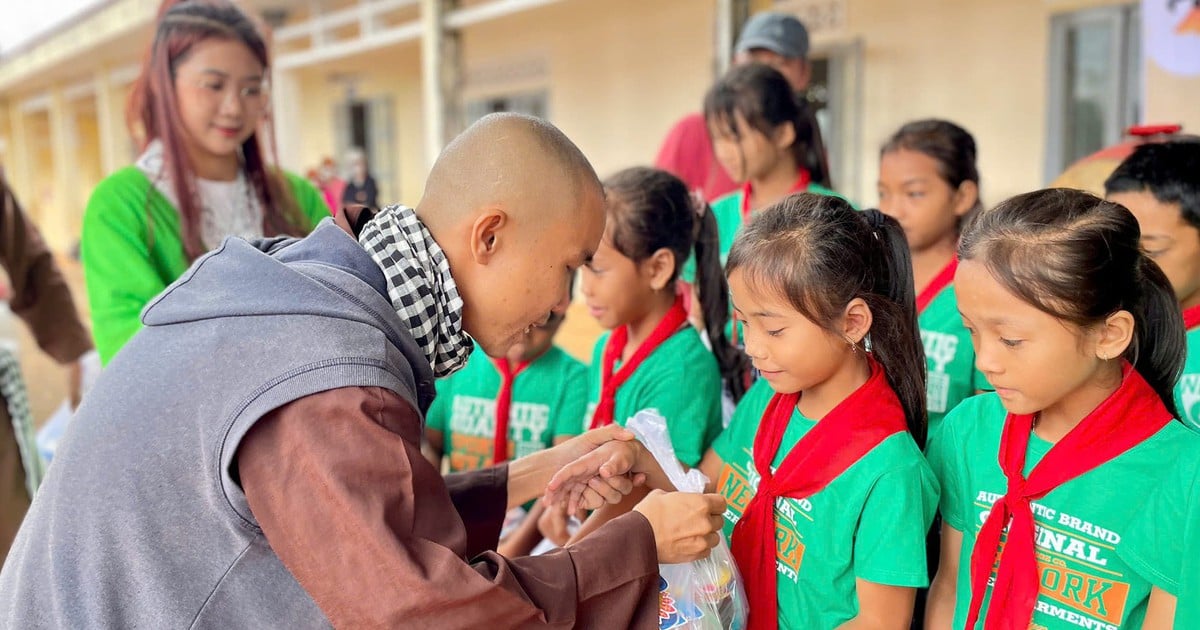

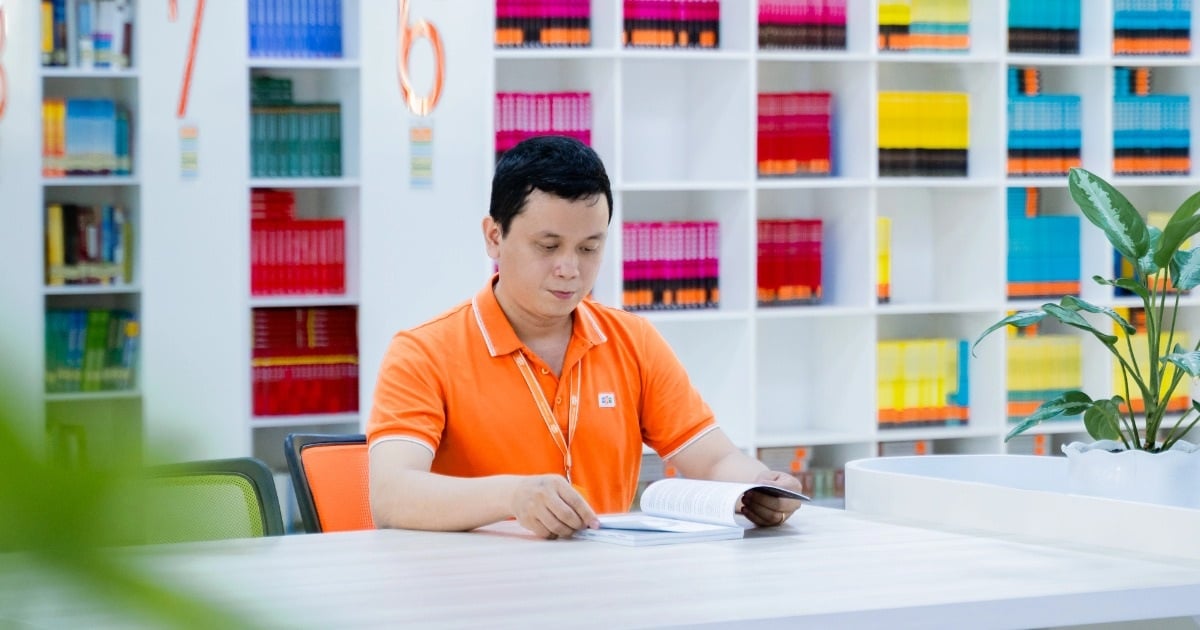




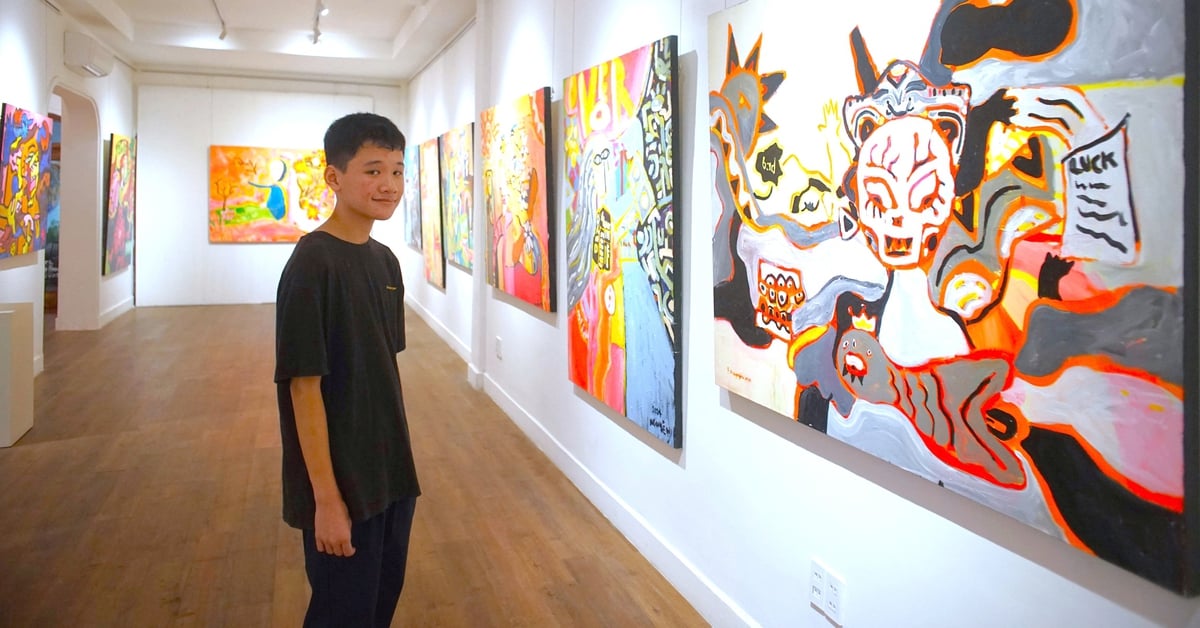

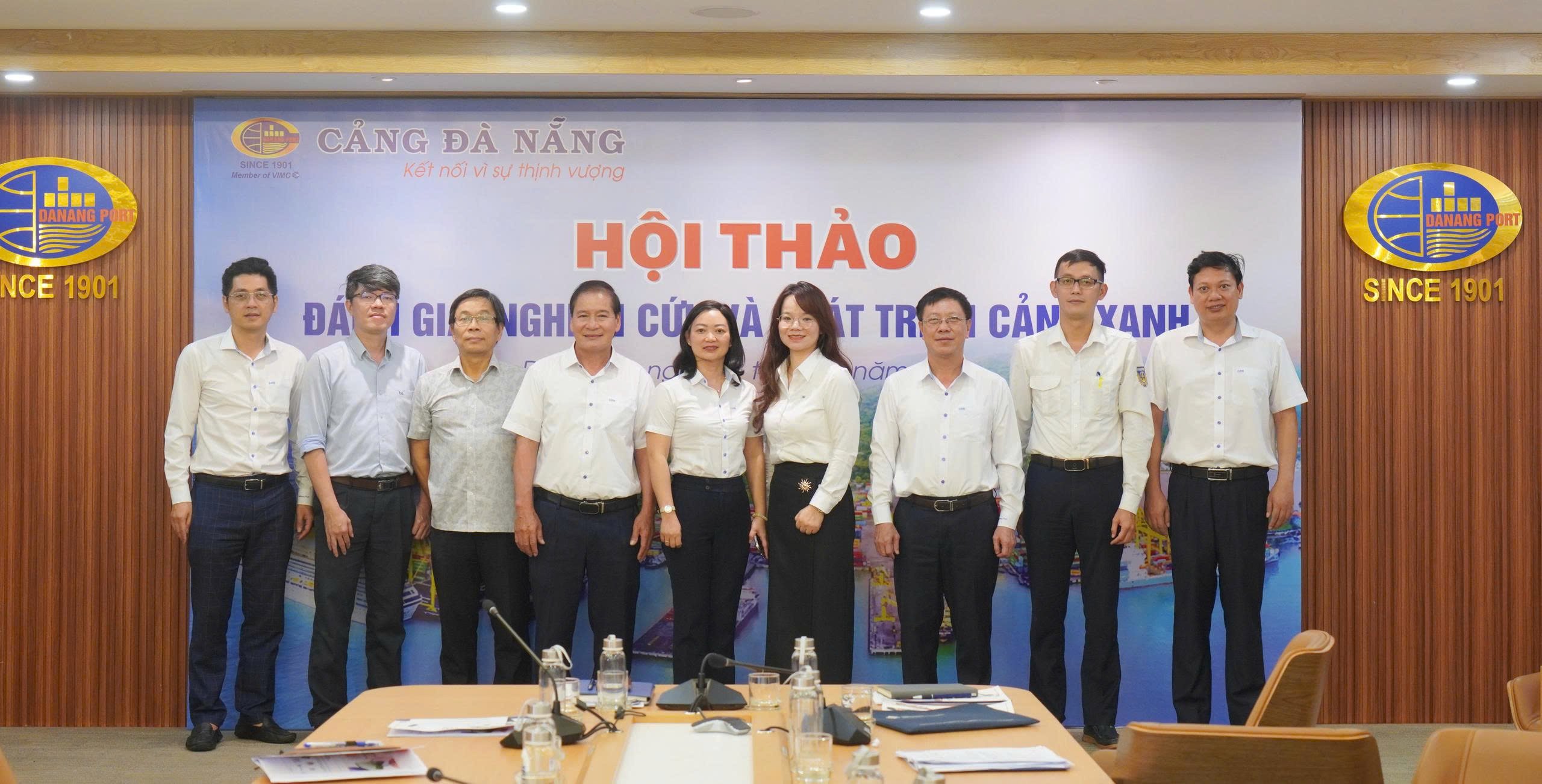
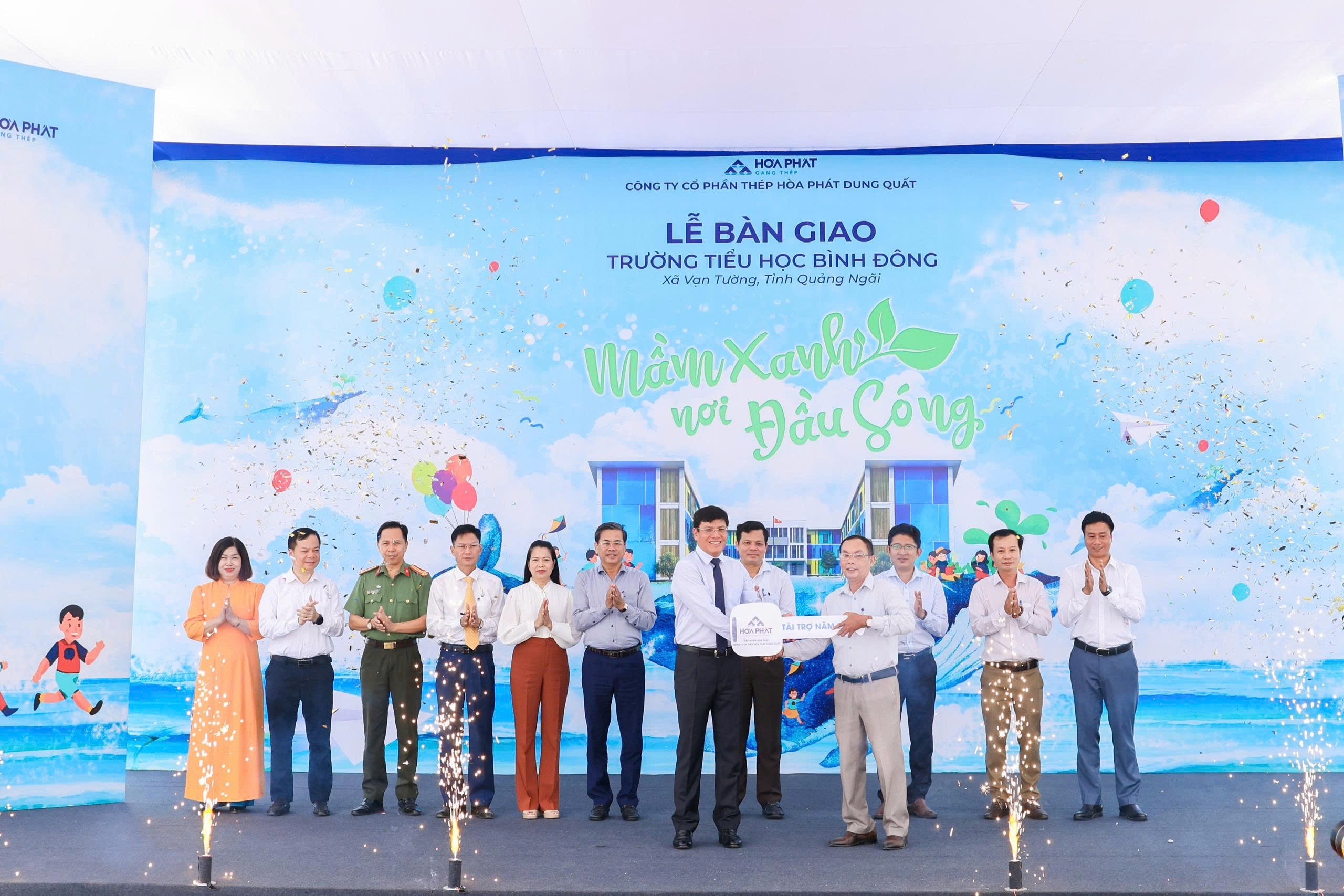

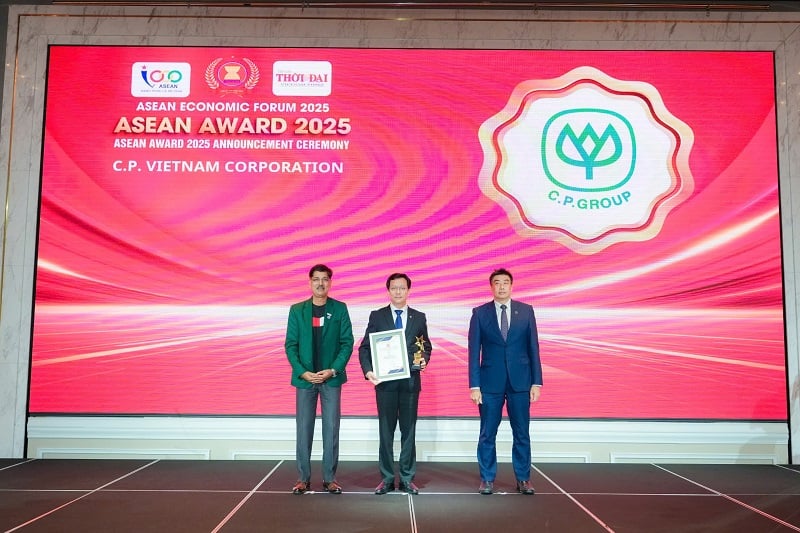


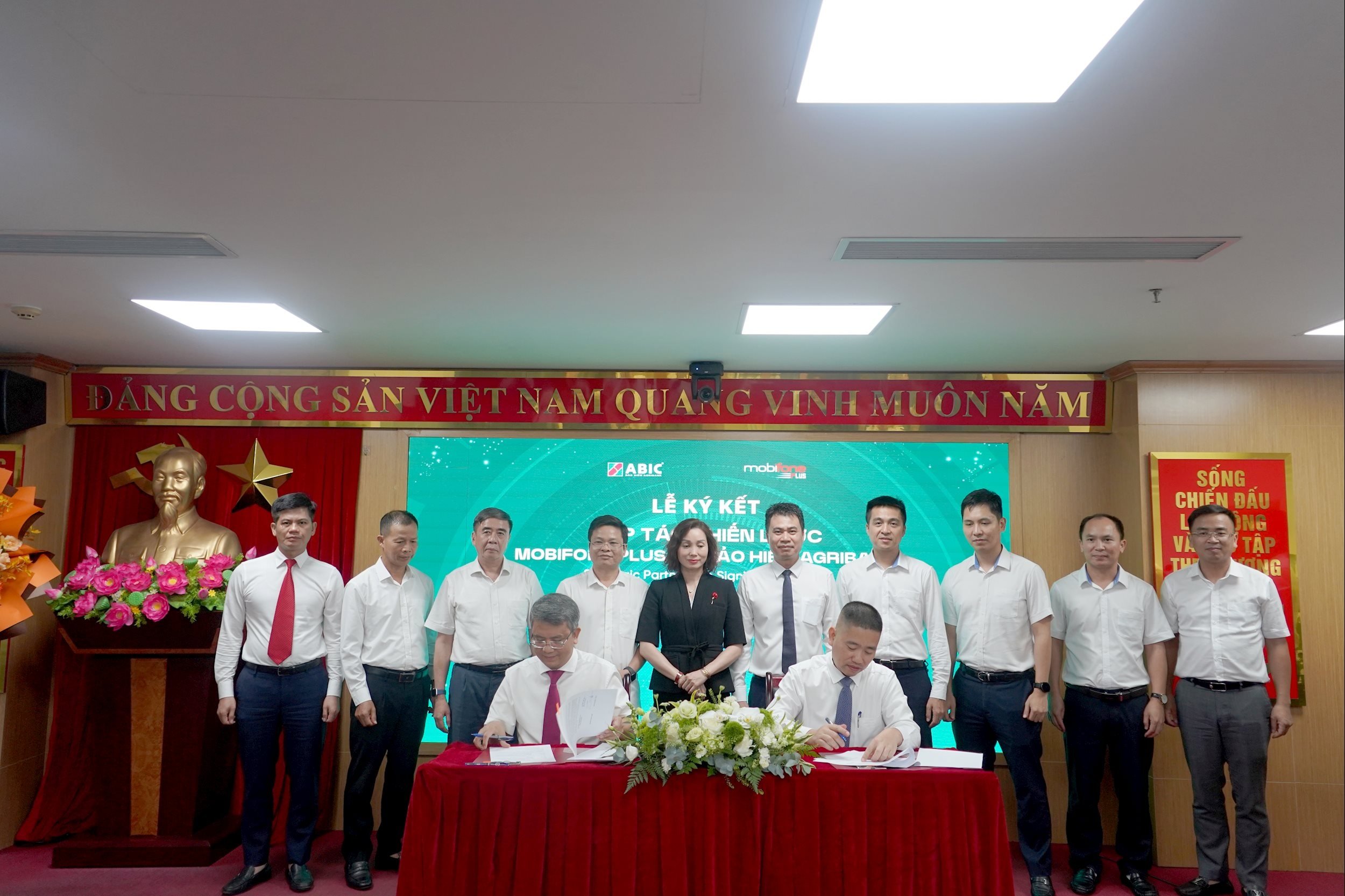



![[Photo] Politburo works with the Standing Committee of Hanoi Party Committee and Ho Chi Minh City Party Committee](https://vstatic.vietnam.vn/vietnam/resource/IMAGE/2025/8/21/4f3460337a6045e7847d50d38704355d)

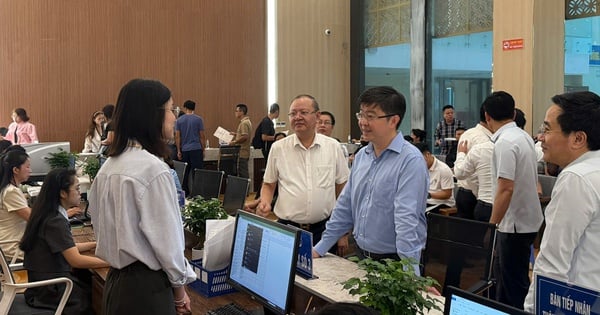

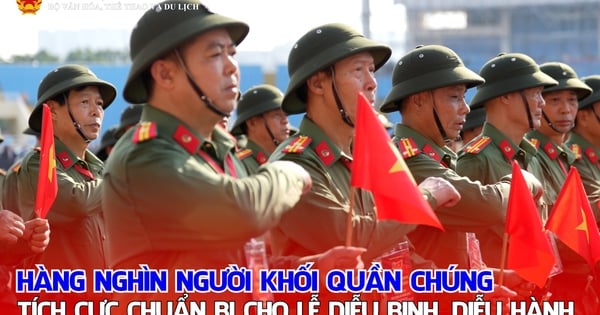

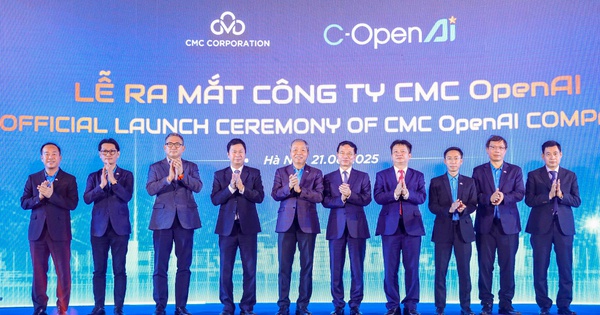
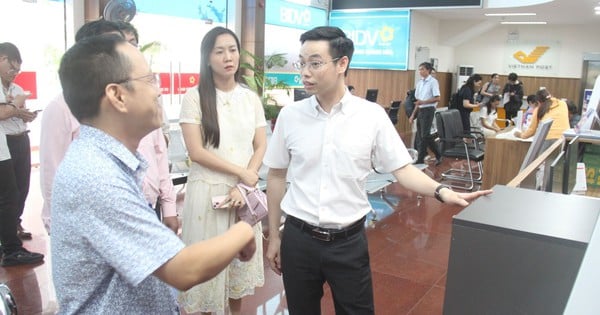
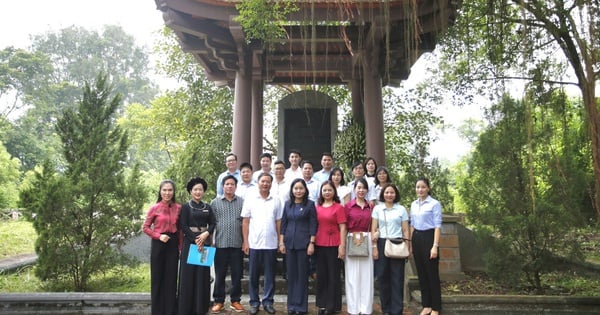
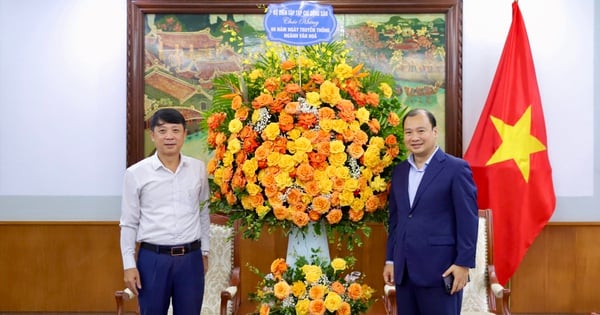







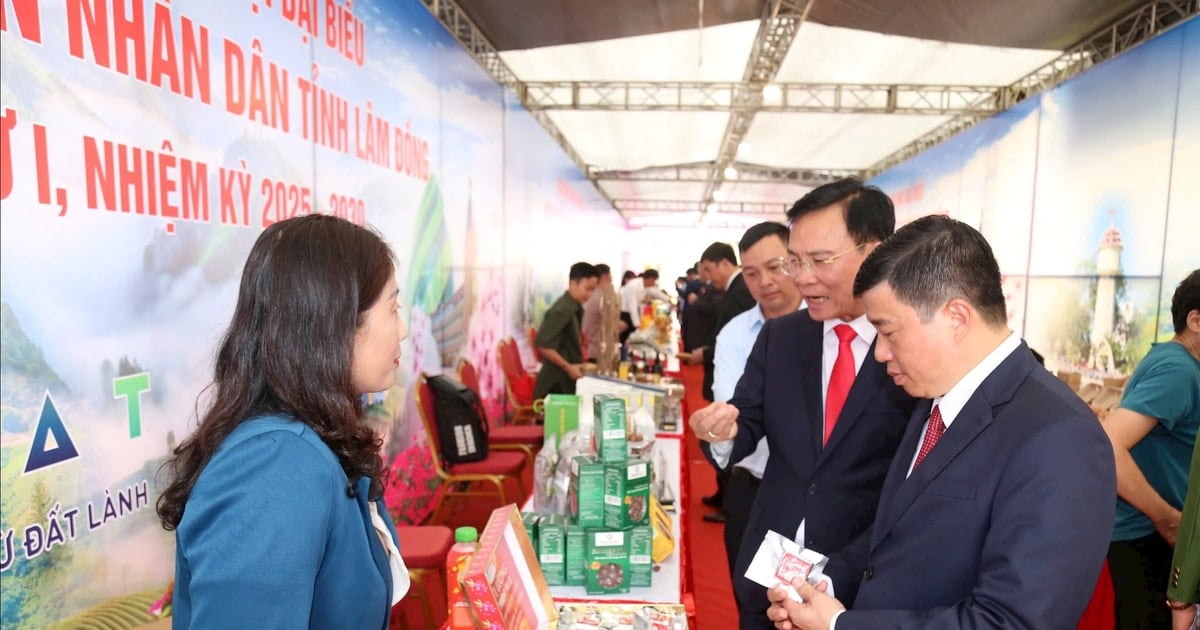

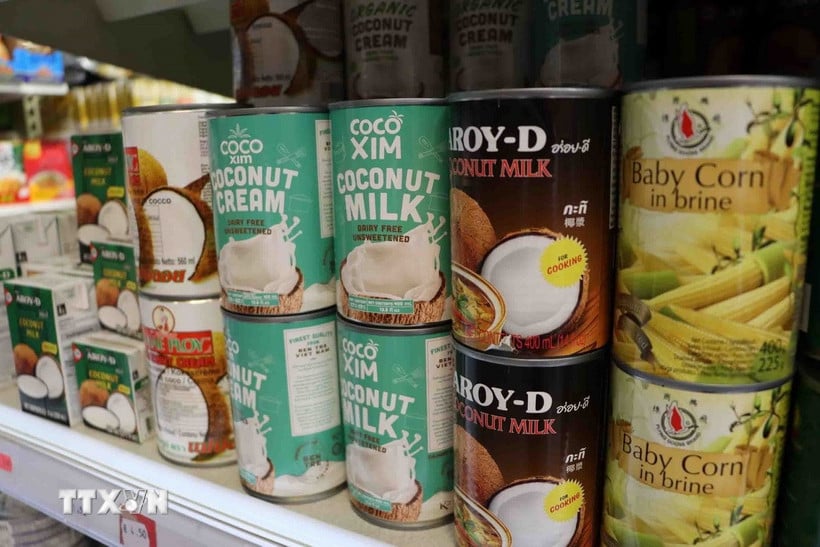

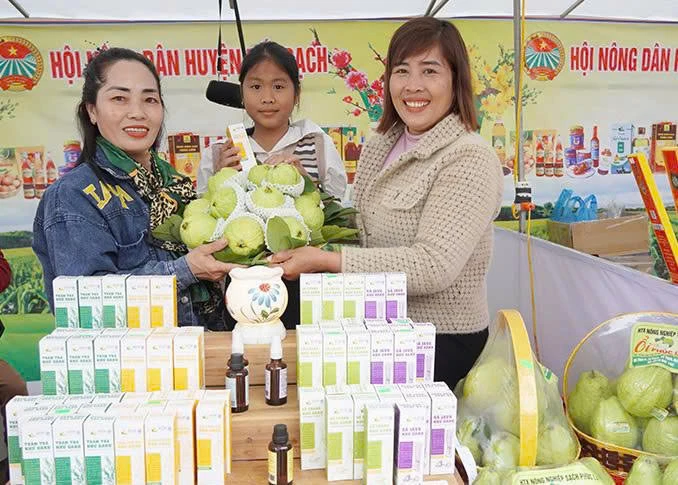
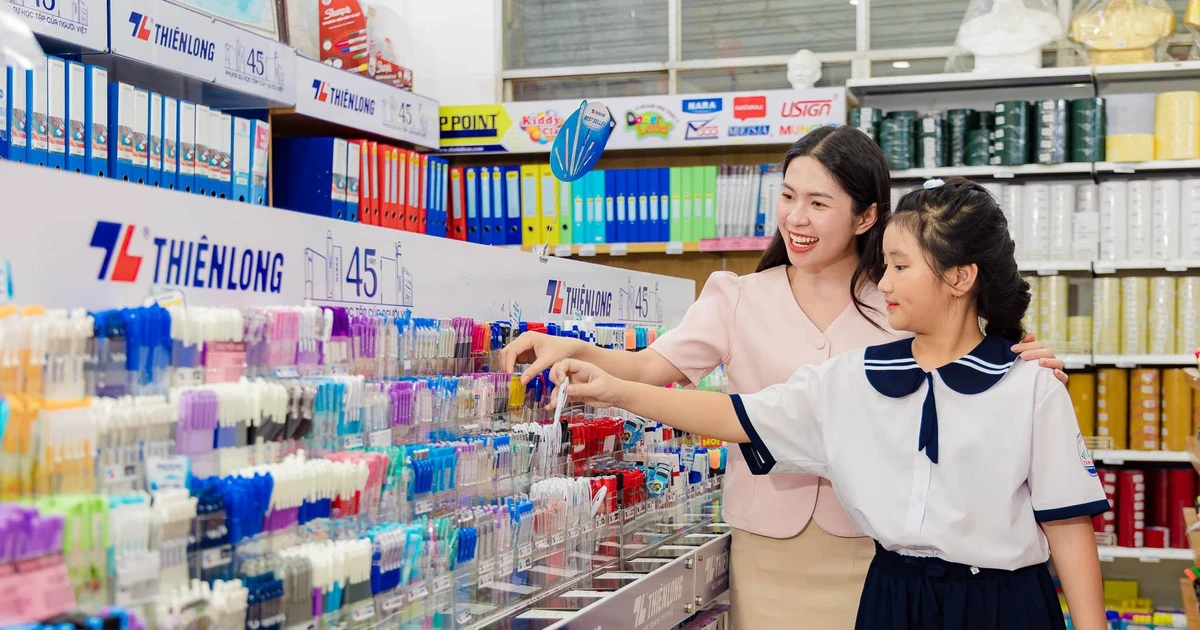

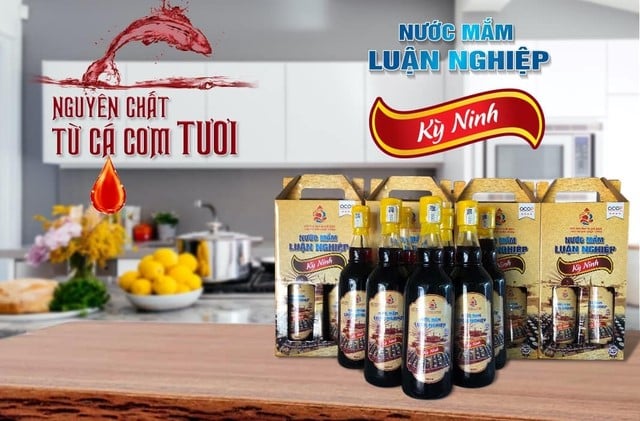

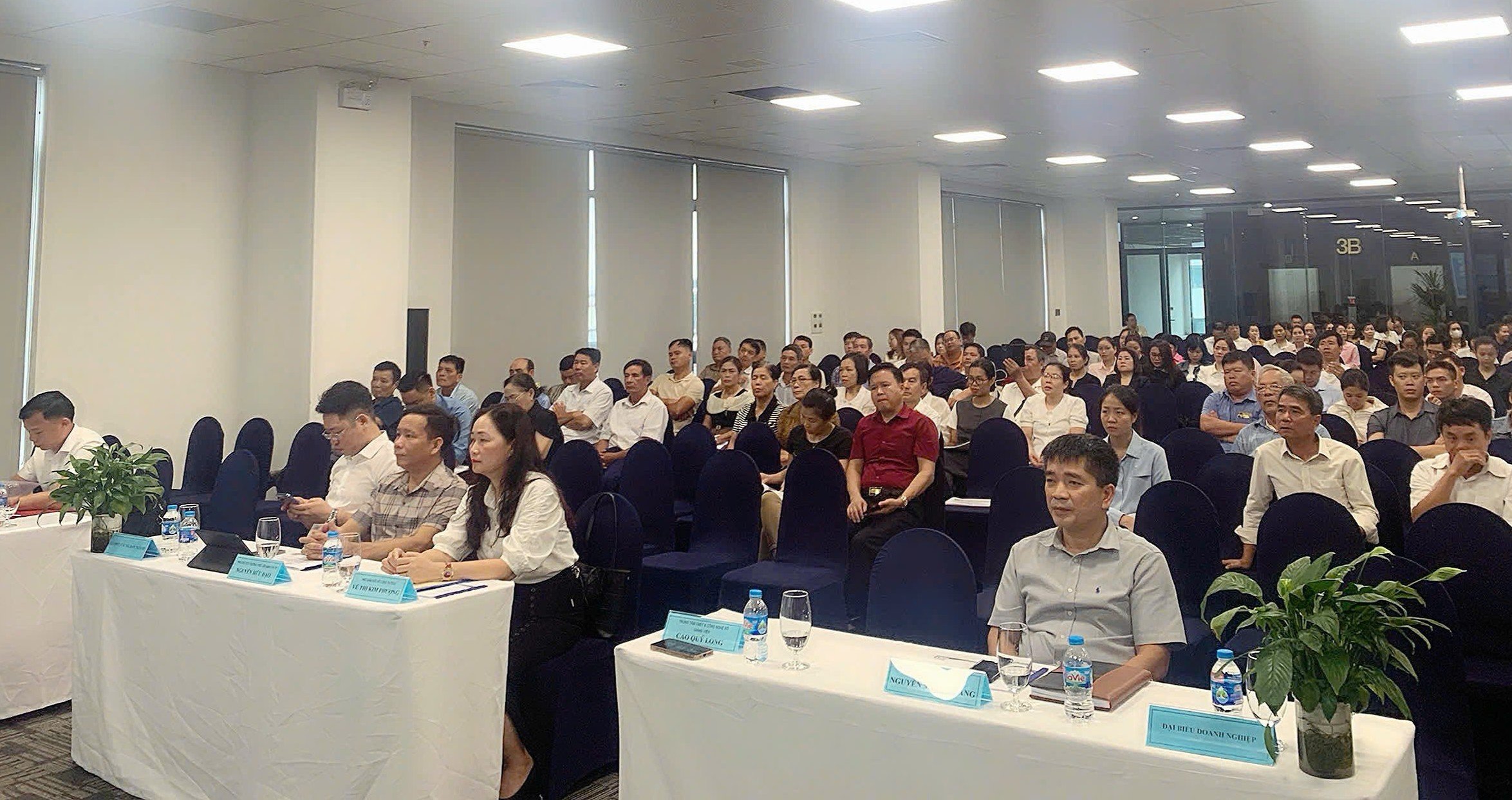






Comment (0)